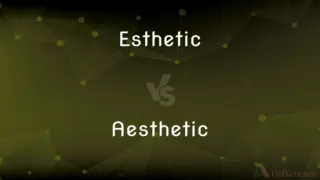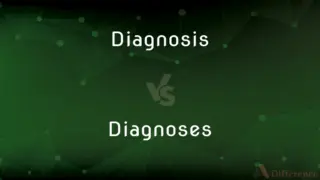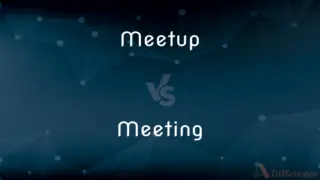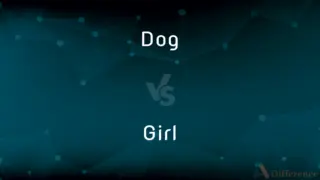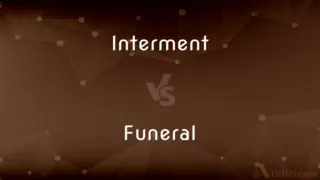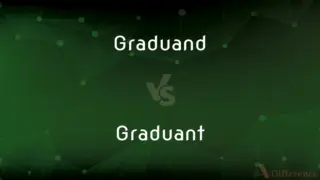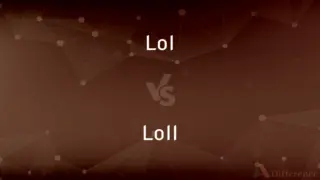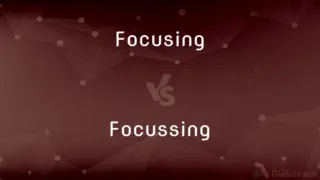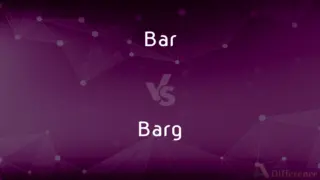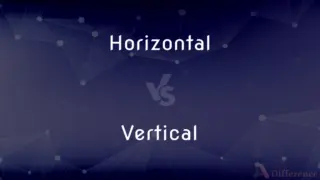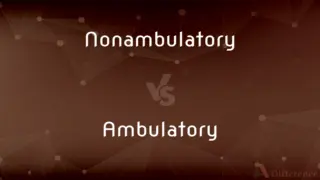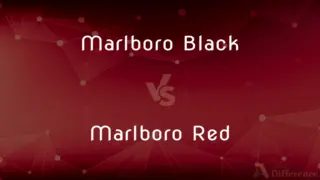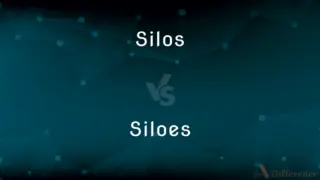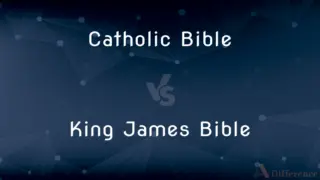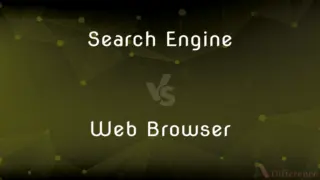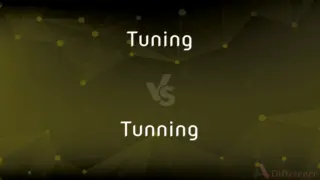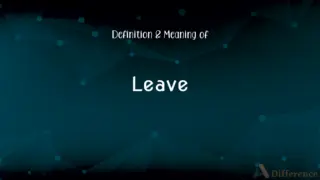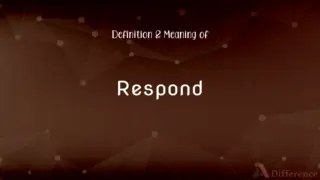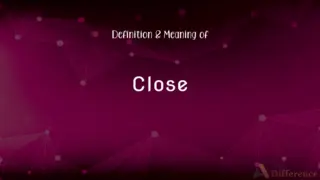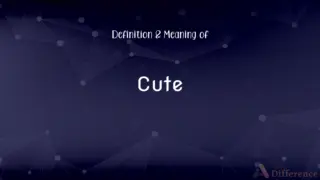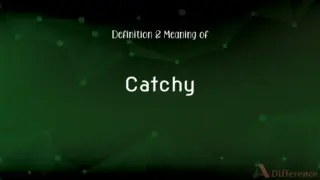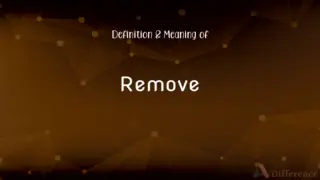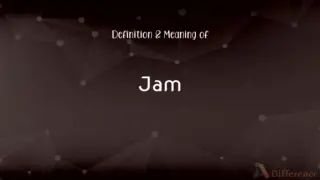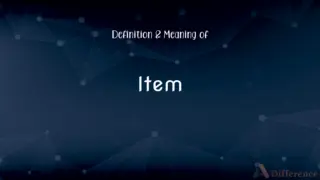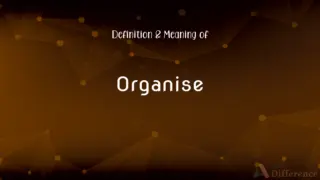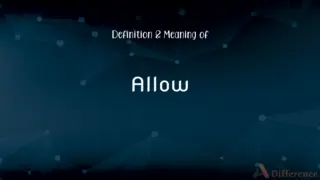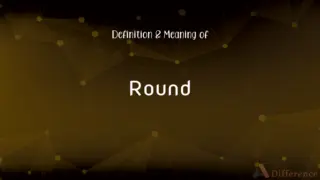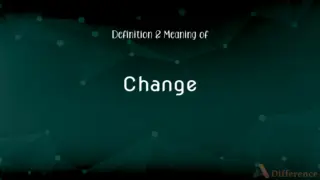Harpsichord vs. Spinet — What's the Difference?
By Tayyaba Rehman & Urooj Arif — Updated on May 6, 2024
Harpsichords feature multiple strings per note and manuals, offering a resonant sound, whereas spinets, a type of harpsichord, are smaller with a single string per note, producing a more intimate tone.
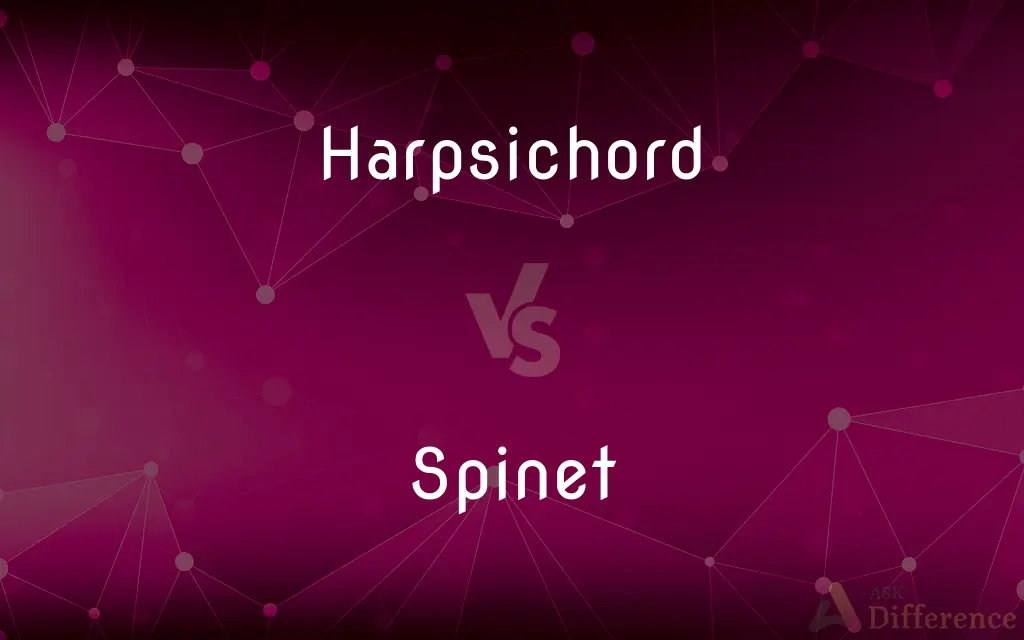
Difference Between Harpsichord and Spinet
Table of Contents
ADVERTISEMENT
Key Differences
Harpsichords are characterized by their large size and multiple strings for each note, which create a rich and echoing sound. In contrast, spinets are compact versions of the harpsichord with a single string per note, resulting in a softer and less resonant tone.
The harpsichord typically includes two or more manuals (keyboards) that can be played simultaneously to produce complex musical textures. The spinet, however, usually has just one manual, limiting the complexity of the music that can be performed on it.
Historically, harpsichords were prominent in European classical music from the Renaissance through the Baroque period. Spinets, being more affordable and smaller, were popular in domestic settings for personal use or small ensemble settings.
In terms of construction, harpsichords often have a wing-shaped body similar to a grand piano. Spinets, on the other hand, are more angular and less elongated, often designed to fit more conveniently in smaller rooms.
Harpsichords are equipped with a mechanism that allows the player to change the timbre by engaging different sets of strings, known as stops. Spinets generally lack this feature, offering fewer options for tonal variation.
ADVERTISEMENT
Comparison Chart
Size
Larger, resembling a grand piano
Smaller, more compact
Strings per Note
Multiple strings per note
Single string per note
Manuals
Often two or more
Typically one
Sound
Rich and resonant
Softer and less resonant
Popular Use
Concerts and professional performances
Domestic settings and personal use
Compare with Definitions
Harpsichord
Larger and more visually imposing than its derivatives.
The stage was dominated by a large, antique harpsichord.
Spinet
Less expensive and simpler in construction.
They opted for a spinet due to its affordability.
Harpsichord
Known for its elaborate ornamentation and artistry in design.
The museum displayed a beautifully decorated harpsichord from the 17th century.
Spinet
A smaller type of harpsichord with a single set of strings.
She practiced her scales on the spinet, its sound gentle and unobtrusive.
Harpsichord
Often used in classical music compositions.
Bach's compositions for the harpsichord remain some of the most celebrated in classical music.
Spinet
Typically has one manual.
The spinet's single manual was ideal for beginners learning the instrument.
Harpsichord
Features multiple manuals and stops.
The concert harpsichordist demonstrated the instrument's range by using different manuals.
Spinet
Produces a more intimate sound ideal for personal enjoyment.
His evening recitals on his spinet were a quiet end to busy days.
Harpsichord
A keyboard instrument with strings that are plucked by quills.
The harpsichord filled the hall with its vibrant, baroque melodies.
Spinet
Fits well in small spaces, suitable for home use.
The spinet sat perfectly in the corner of her studio apartment.
Harpsichord
A harpsichord (Italian: clavicembalo, French: clavecin, German: Cembalo, Spanish: clavecín, Portuguese: cravo, Dutch: klavecimbel) is a musical instrument played by means of a keyboard. This activates a row of levers that turn a trigger mechanism that plucks one or more strings with a small plectrum made from quill or plastic.
Spinet
A spinet is a smaller type of harpsichord or other keyboard instrument, such as a piano or organ.
Harpsichord
A keyboard instrument with horizontal strings which run perpendicular to the keyboard in a long tapering case, and are plucked by points of quill, leather, or plastic operated by depressing the keys. It is used chiefly in European classical music of the 16th to 18th centuries.
Spinet
A small, compact upright piano.
Harpsichord
A keyboard instrument whose strings are plucked by means of quills or plectrums.
Spinet
A small, compact upright electronic organ.
Harpsichord
(musical instruments) A musical instrument with a keyboard that produces sound through a mechanical process. When the performer presses a key, a corresponding plectrum plucks a tuned string. Harpsichords originated in late medieval Europe and is one of the most important instruments used to perform Baroque music.
Spinet
A small harpsichord with a single keyboard.
Harpsichord
A harp-shaped instrument of music set horizontally on legs, like the grand piano, with strings of wire, played by the fingers, by means of keys provided with quills, instead of hammers, for striking the strings. It is now superseded by the piano.
Spinet
(musical instruments) A short, compact harpsichord or piano.
Harpsichord
A clavier with strings that are plucked by plectra mounted on pivots
Spinet
(obsolete) A spinney.
Spinet
A keyed instrument of music resembling a harpsichord, but smaller, with one string of brass or steel wire to each note, sounded by means of leather or quill plectrums or jacks. It was formerly much used.
Spinet
A spinny.
Spinet
Small and compactly built upright piano
Spinet
Early model harpsichord with only one string per note
Common Curiosities
Are harpsichords still made today?
Yes, harpsichords are still made and used, especially in historical and classical music performances.
How does the sound of a harpsichord compare to a piano?
A harpsichord produces a plucked sound, which is quite distinct from the hammered sound of a piano.
Is a spinet easier to maintain than a harpsichord?
Generally, spinets are easier to maintain due to their simpler mechanics and fewer strings.
What is the main difference between a harpsichord and a spinet?
The main difference is size and complexity; harpsichords are larger with multiple strings per note, whereas spinets are smaller with a single string per note.
Can a spinet be used for professional concerts?
Spinets are typically used for personal or small ensemble settings due to their softer sound and simpler construction.
How much space does a spinet require?
Spinets are designed to be compact and can fit comfortably in small spaces or apartments.
Can you adjust the sound of a spinet like you can with a harpsichord's stops?
No, spinets typically do not have the stops found in harpsichords, limiting tonal variation.
How do performers typically amplify a spinet in a larger venue?
Amplification, if needed, is usually achieved through microphones or electronic pickups.
What types of music are best suited for a harpsichord?
Baroque and Renaissance music are particularly well-suited to the harpsichord.
What are the historical origins of the harpsichord?
The harpsichord originated in the Middle Ages, gaining popularity in the Renaissance and Baroque periods.
Are spinets suitable for beginners?
Yes, spinets are often recommended for beginners due to their smaller size and simpler playing mechanism.
Share Your Discovery
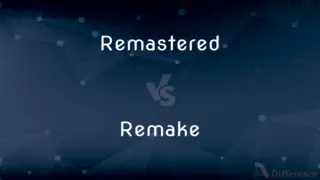
Previous Comparison
Remastered vs. Remake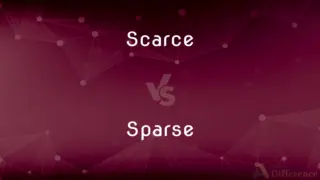
Next Comparison
Scarce vs. SparseAuthor Spotlight
Written by
Tayyaba RehmanTayyaba Rehman is a distinguished writer, currently serving as a primary contributor to askdifference.com. As a researcher in semantics and etymology, Tayyaba's passion for the complexity of languages and their distinctions has found a perfect home on the platform. Tayyaba delves into the intricacies of language, distinguishing between commonly confused words and phrases, thereby providing clarity for readers worldwide.
Co-written by
Urooj ArifUrooj is a skilled content writer at Ask Difference, known for her exceptional ability to simplify complex topics into engaging and informative content. With a passion for research and a flair for clear, concise writing, she consistently delivers articles that resonate with our diverse audience.

